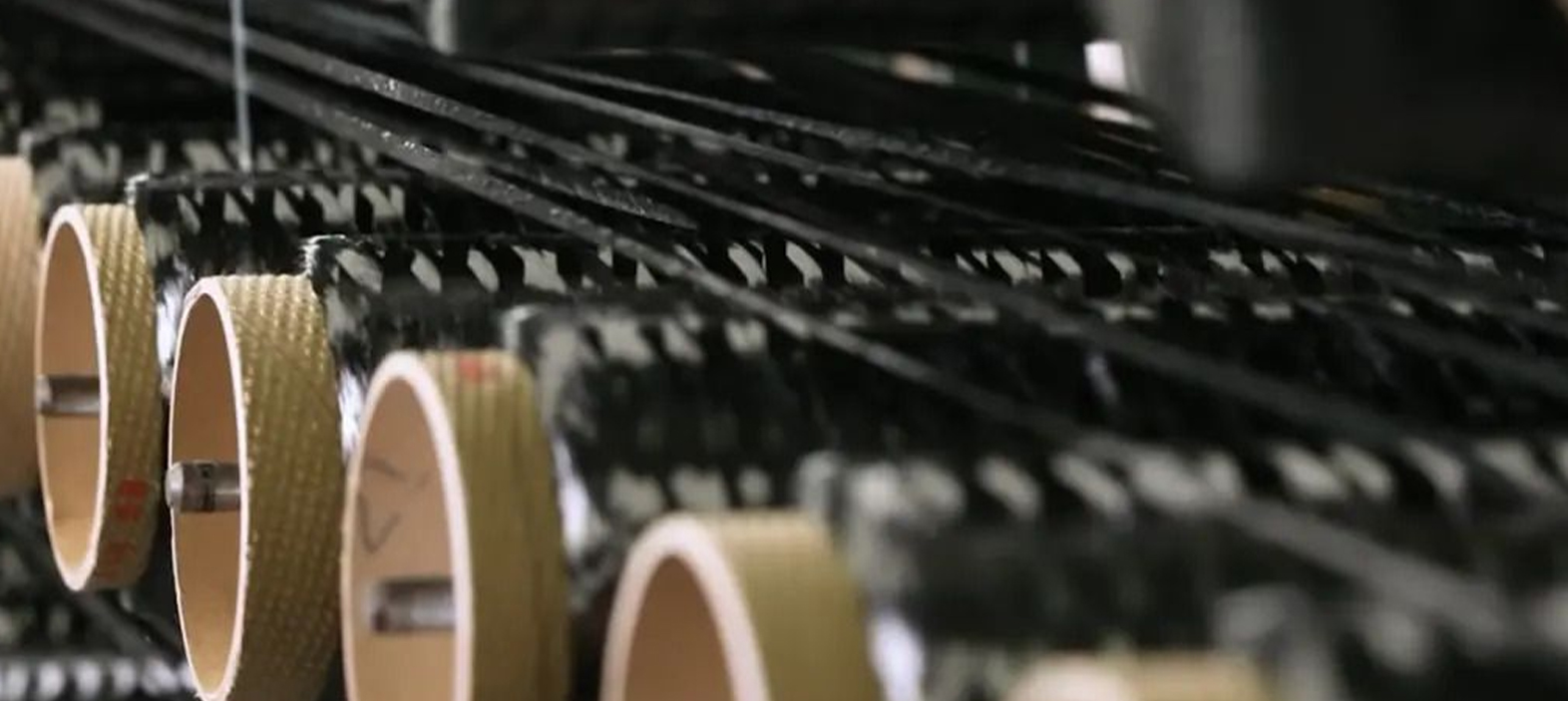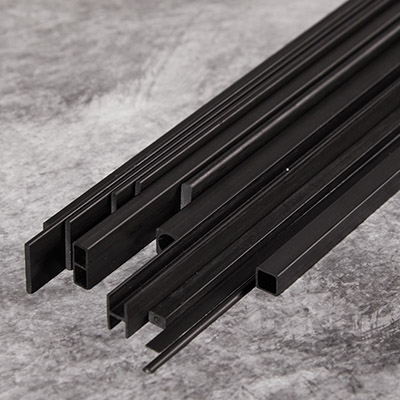
Sustainable Innovation: How Carbon Fiber is Shaping a Greener Future
👁 Reads: 351
As industries around the world focus on reducing their carbon footprints and adopting greener solutions, carbon fiber has emerged as a key player in sustainable innovation. Renowned for its strength, durability, and lightweight properties, carbon fiber is not only revolutionizing manufacturing processes but also paving the way for a more sustainable future. In this blog, we will explore how carbon fiber, including prepreg carbon fiber products, carbon fiber sheets, and considerations around carbon fiber cost, is shaping a greener future across various industries.
What is Carbon Fiber?
Carbon fiber is a composite material made of carbon atoms bonded together in a crystalline structure, which gives it a remarkable strength-to-weight ratio. These fibers are usually combined with a resin matrix to form a solid material that is both lightweight and extremely strong. Due to these characteristics, carbon fiber has become indispensable in sectors like aerospace, automotive, construction, and sports equipment. Its ability to replace heavier, less durable materials has led to innovations that benefit both performance and sustainability.
Carbon Fiber and Sustainability
Sustainability is now a key concern across industries, especially in transportation and manufacturing, where energy consumption and material waste are significant contributors to environmental damage. Carbon fiber plays a crucial role in addressing these challenges, offering solutions that reduce energy consumption, increase product lifespans, and minimize waste in production processes. Here's how:
1. Lightweighting and Fuel Efficiency
One of the biggest environmental benefits of carbon fiber is its lightweight nature. In industries like automotive and aerospace, reducing the weight of components is crucial for improving fuel efficiency and reducing carbon emissions. Carbon fiber’s ability to replace heavier materials, such as steel or aluminum, helps vehicles consume less energy and emit fewer greenhouse gases.
In the automotive industry, carbon fiber is increasingly used to manufacture parts such as body panels, chassis components, and interiors. By using prepreg carbon fiber products and carbon fiber sheets in vehicle design, manufacturers are able to produce lighter vehicles, which directly translates to lower fuel consumption and reduced environmental impact. Electric vehicles (EVs), which are at the forefront of reducing carbon emissions, also benefit from the integration of carbon fiber, as it helps to extend battery life and improve overall efficiency.
2. Durability and Longevity
Carbon fiber is not only lightweight but also incredibly durable, with excellent resistance to fatigue, corrosion, and wear. This durability translates to a longer lifespan for products made from carbon fiber, reducing the need for frequent replacements and minimizing waste. For example, carbon fiber components in infrastructure applications, such as bridges and buildings, are capable of lasting decades without degradation, significantly reducing maintenance requirements.
In industries like sporting goods, carbon fiber sheets and prepreg carbon fiber products are used to create durable products like bicycles, golf clubs, and ski poles. The longevity of these products reduces the need for replacements, contributing to lower resource consumption over time.
3. Recycling and Reuse
As the demand for carbon fiber continues to grow, the issue of recycling has gained significant attention. Historically, carbon fiber has been difficult and costly to recycle, which has limited its sustainability potential. However, recent advancements in recycling technologies are beginning to address this challenge. Innovative methods are being developed to reclaim carbon fiber from used parts, which can then be reprocessed and reused in the creation of new products. This helps close the loop in the carbon fiber lifecycle and reduces the need for virgin materials.
One of the promising recycling methods involves thermal treatment, where carbon fiber is heated to high temperatures to remove the resin, leaving behind the pure carbon fibers. These recycled fibers can then be used to produce new carbon fiber components, such as prepreg carbon fiber products or carbon fiber sheets. This process not only reduces waste but also cuts down on the environmental impact associated with the production of new carbon fiber.
4. Carbon Fiber Cost and Environmental Trade-offs
Despite its numerous environmental benefits, carbon fiber is often associated with high production costs. The cost of carbon fiber remains relatively high due to the complexity of its manufacturing process and the materials involved. This cost factor has limited its widespread adoption in many industries. However, as production methods improve and economies of scale are realized, the price of carbon fiber is gradually decreasing. Moreover, the long-term savings associated with fuel efficiency, durability, and reduced waste could offset the initial cost of carbon fiber components.
Manufacturers are also exploring alternative production techniques that could lower the carbon fiber cost. For example, the development of more efficient manufacturing processes, such as automated fiber placement and advanced weaving technologies, promises to reduce costs while maintaining the high quality of the end product.
Carbon Fiber in the Future of Sustainability
Looking ahead, carbon fiber is poised to play an even greater role in creating a more sustainable future. Its applications are expanding beyond traditional industries, with new innovations driving further progress in sustainability. For instance, carbon fiber is being used in renewable energy technologies such as wind turbine blades, where its lightweight and strength properties help improve efficiency and reduce the amount of material required.
In addition, the development of bio-based carbon fiber, made from renewable resources such as plant fibers or lignin, is another promising avenue. Bio-based carbon fiber could potentially offer a more environmentally friendly alternative to traditional petroleum-based carbon fiber, further enhancing the material's sustainability profile.
Carbon fiber is no longer just a material used for performance; it is at the heart of sustainable innovation across various industries. From enhancing fuel efficiency in vehicles and aircraft to reducing waste and promoting longer-lasting products, carbon fiber is helping pave the way for a greener, more sustainable future. While the carbon fiber cost remains a consideration, the long-term environmental and economic benefits of using this advanced material are clear. As technology continues to evolve, the widespread use of carbon fiber, including prepreg carbon fiber products, carbon fiber sheets, and even recycled carbon fiber, will contribute significantly to reducing our collective environmental footprint. By harnessing the full potential of carbon fiber, we can continue to drive positive change toward a more sustainable world.





